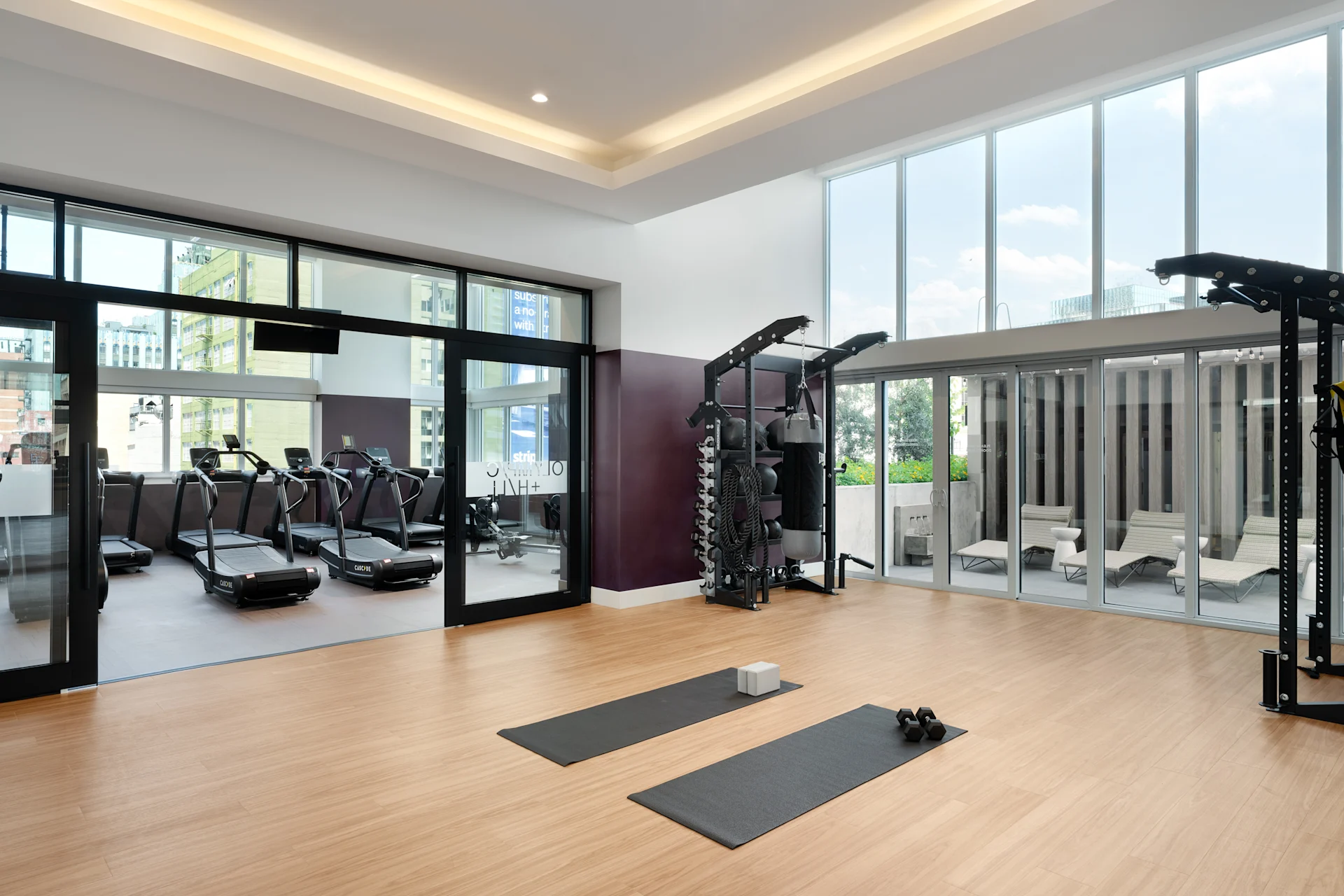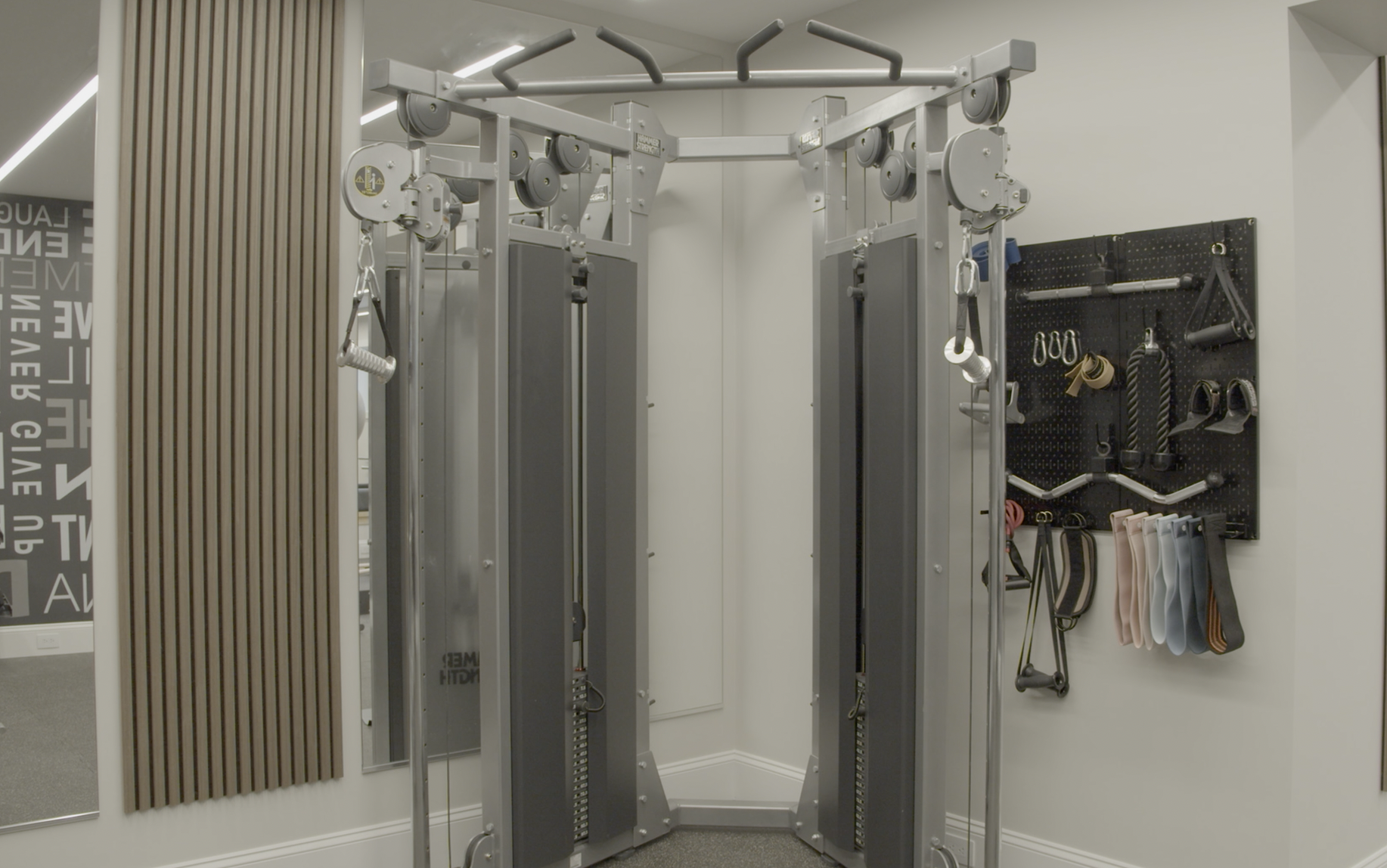How to Plan a Low-Maintenance Gym Layout

Designing a gym layout that maximizes efficiency while minimizing maintenance can significantly enhance the member experience and operational fluidity. Whether opening a new facility or revamping an existing one, strategic planning will ensure that your space meets the diverse needs of your clientele without compromising on safety or functionality.
Optimize Your Space with Strategic Zoning
- Define specific zones for activities such as strength training, cardio, and group classes to improve functionality and user experience.
- Incorporate flexible, open-use floor areas to allow for versatile use of space and quick transitions between different workout modes without the need for additional space.
- Consider using multi-functional equipment and portable mats to optimize space usage and reduce clutter, allowing for a cleaner and more organized gym environment.
Ensure Safety and Easy Navigation
- A well-organized layout promotes easy navigation and maintains safety by providing adequate space between each piece of equipment, minimizing the risk of accidents.
- Functional trainers, for example, occupy around 7 square feet per machine, which helps in planning precise equipment placement to maintain open paths.
By carefully planning your gym's layout, you can create an inviting and efficient environment that meets the needs of your members while minimizing maintenance challenges. Focus on zoning, flexibility, and safety to design a space that supports both the operational demands and the wellness goals of your clientele. Start transforming your gym space today to set a new standard in fitness excellence.

.png)
